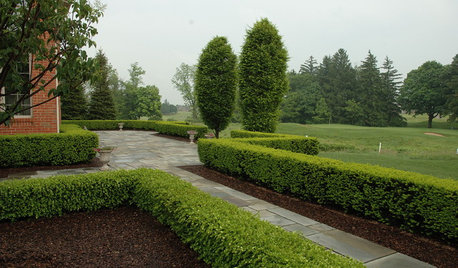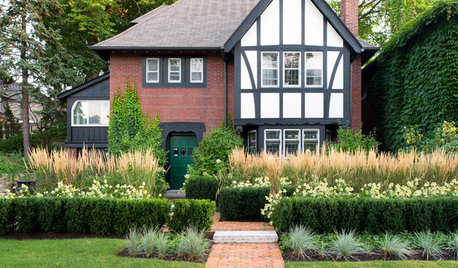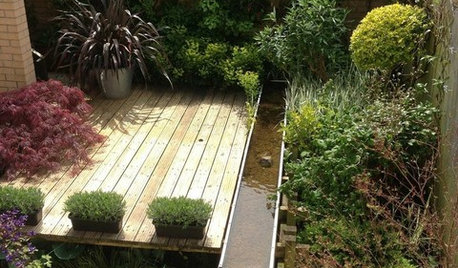Boxwood blight
diggerdee zone 6 CT
10 years ago
Featured Answer
Sort by:Oldest
Comments (16)
rockman50
10 years agoNHBabs z4b-5a NH
10 years agoRelated Professionals
Simpsonville Landscape Architects & Landscape Designers · Marco Island Landscape Architects & Landscape Designers · Bloomington Landscape Contractors · Burien Landscape Contractors · Hawthorne Landscape Contractors · Las Vegas Landscape Contractors · Porterville Landscape Contractors · 07920 Landscape Contractors · Lauderdale Lakes Landscape Contractors · Maplewood Landscape Contractors · Algonquin Decks, Patios & Outdoor Enclosures · Dayton Decks, Patios & Outdoor Enclosures · Dedham Decks, Patios & Outdoor Enclosures · Rogers Decks, Patios & Outdoor Enclosures · Watauga Decks, Patios & Outdoor Enclosuresdiggingthedirt
10 years agoprairiemoon2 z6b MA
10 years agoRichard Dollard
10 years agodiggerdee zone 6 CT
10 years agoprairiemoon2 z6b MA
10 years agodiggerdee zone 6 CT
10 years agodiggerdee zone 6 CT
10 years agoprairiemoon2 z6b MA
10 years agodiggerdee zone 6 CT
10 years agoNancy Vargas Registered Architect
10 years agoellatiarella (SW Mich 6a)
7 years agoprairiemoon2 z6b MA
7 years agolast modified: 7 years agoellatiarella (SW Mich 6a)
7 years agolast modified: 7 years ago
Related Stories

LANDSCAPE DESIGNBoxwood Alternatives Bring the Chelsea Flower Show to You
Don’t let box blight limit your plans to borrow garden design ideas from the renowned British event
Full Story
GARDENING GUIDESGreat Design Plant: Boxwood
This elegant evergreen can shape shift into forms limited only by a gardener's imagination and a clipper's reach
Full Story
GARDENING GUIDES9 Low-Growing Hedges That Make Good Neighbors
Define garden areas or borders without blocking the view, with these evergreen shrubs that take kindly to trimming
Full Story
GARDENING GUIDESGreat Design Plant: Creeping Juniper Holds Its Ground
Add texture and evergreen interest to a layered garden with this low-maintenance, good-looking ground cover
Full Story
LANDSCAPE DESIGNTouches of Grandness for the Garden
You don’t need a king-size yard to add a little formality to your landscape with fanciful hedges, topiaries and paths
Full Story
LANDSCAPE DESIGNHow Low Can Hedges Go? Discover Unusual Garden Borders
Short enough to step over, high enough to be a stretch ... check out these radically different hedge styles and tell us your opinion
Full Story
GARDENING GUIDES8 Deer-Resistant Elegant Evergreen Shrubs to Plant This Fall
Who knew that such beautiful shrubs could be deer-resistant?
Full Story
LANDSCAPE DESIGN5 Structural Plants to Frame Your Garden Beautifully
Consider these trees and shrubs live building blocks, providing structure and definition in even a small garden
Full Story
LANDSCAPE DESIGNSee Chelsea Flower Show Ideas Flourishing in a Real Backyard
Can trends in high-design show gardens translate to everyday yards? The proof is in the plantings
Full Story
GARDENING GUIDESLessons in the Rewards of Selfless Gardening
Let go of gardening for your own vision and watch the garden’s own true vision come forth
Full StoryMore Discussions








diggerdee zone 6 CTOriginal Author